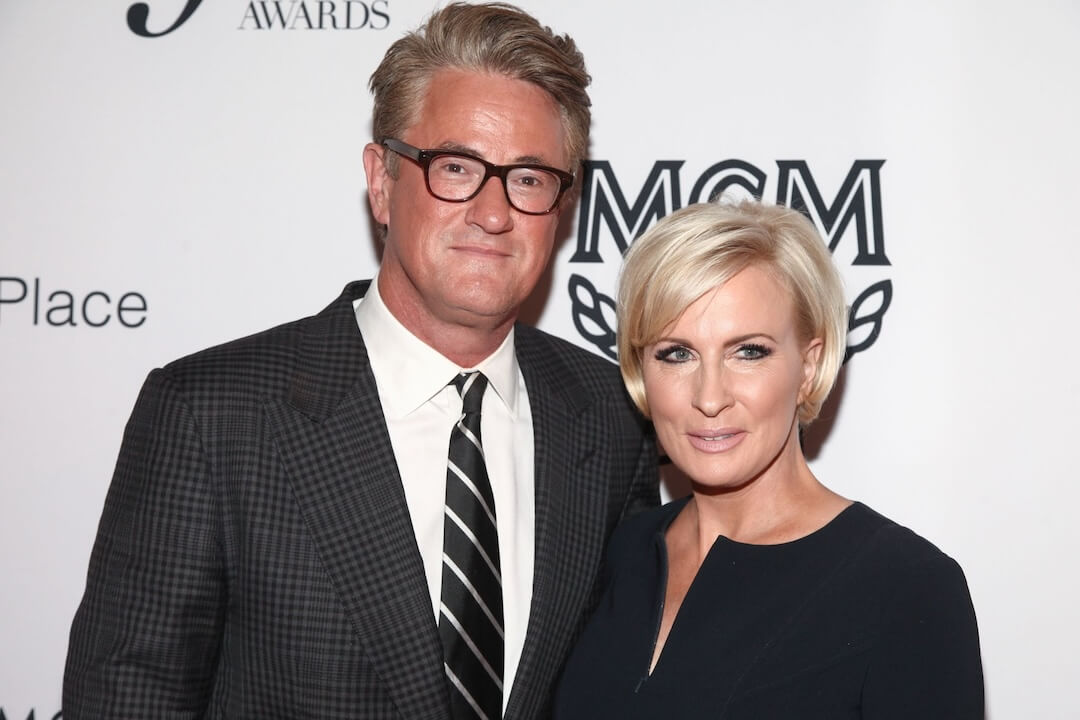Saturday is the day the blue checkers lose their coveted checks. Twitter has announced that beginning April 1, users who previously had a blue check verifying their notable account will lose that validation unless they pay the $8 a month that any user can now pay to get that same digital brass ring.
It is an inflection point in the love-hate relationship journalists have had with the platform since its inception 17 years ago.
As a newsroom lawyer, I hope journalists resist the urge to pay for a blue check and leave the platform for good. It doesn’t benefit their careers, doesn’t drive traffic to their employers’ websites and opens them up not only to defamation litigation and charges of bias, but also to threats and risk of bodily harm.
That wasn’t what writers, whether experienced or just starting out, once believed. A decade ago, many editorial executives promulgated the notion to journalists that having a following on Twitter would build their careers. They would be entrepreneurs, under this scenario, building their own brand by promoting their stories, and in so doing, Twitter would drive readers to their publications’ sites. But ultimately, that practice has had more pitfalls than it’s worth, both for journalists and the publishers that employ them.
Developing a following on Twitter requires a sensibility that differs significantly from traditional news reporting. Twitter rewards users who are “authentic” on the platform — who act not just as robotic chroniclers of news, but as real people who engage in back-and-forth interactions with readers about the news.
And while such personal engagement makes reporters more relatable to the public and boosts follower count, it comes at a steep cost. It makes them more vulnerable to attacks from serial harassers and increases the likelihood they’ll be accused of bias or breaching their neutrality. It’s been called the “Twitter tightrope” by researchers at the Tow Center for Digital Journalism. A December 2021 report said “journalists have learned that engaging with their audiences via social media platforms carries personal and professional risks — namely accusations of political bias that can lead to termination from their jobs, as well as trolling, doxing, and threats of physical violence … especially for women journalists and journalists of color.”
Trolling and losing their jobs are not the only risks they face on Twitter. An off-target tweet can land them in a minefield of protracted litigation. Journalists from nearly every mainstream news outlet have been sued for libel over miscalculated — often impulsive — tweets.
MSNBC’s Joy Reid has been threatened with multiple legal actions over her tweets — spending years defending one claim that she falsely accused someone of making racist remarks.
In 2020, CNN and the Washington Post settled libel claims by Nicholas Sandmann, challenging their journalists’ tweets of a doctored video Sandmann said mischaracterized what happened at the Lincoln Memorial.
And earlier this year, a California court declined to dismiss a defamation claim by baseball pitcher Trevor Bauer over tweets posted by a writer for The Athletic.
Judges presiding over these cases have not been sympathetic — holding journalists to a higher standard for their tweets even though they’re not subject to the same fact-checking standards as published accounts.
While journalists often think pursuing a more engaged relationship with the public improves their credibility, it’s not showing up in polls. A study released in February by Gallup and the Knight Foundation found that only 26% of Americans have a “favorable opinion of the news media’” — the lowest in five years. And more than half of respondents said there is a great deal of political bias in coverage. Interacting with readers can provide transparency into the news production process but it also opens up journalists to claims of partisanship and one-sidedness. It’s a slippery slope that can lead from impartially reporting the news to endorsing particular perspectives, a problem Fox News is acutely facing in the libel suits over its election coverage.
Beyond perceptions of bias, the hyper-focus on Twitter diminishes editorial productivity. It’s been called “the crystal meth of newsrooms” for the dopamine hold it has on journalists. Worse, it forces journalists to lead unfocused lives. Research by professor Gloria Mark, an expert on distraction, shows that attention spans are declining, averaging just 40 seconds looking at a screen before switching. For journalists, that forced multi-tasking and constant interruption leads to stress and ultimately, exhaustion.
Journalists rationalize time spent on Twitter as a way to expand the reach of their reporting when readers click on their stories. But publishers say Twitter has never been a major traffic driver and the small percentage of readers they did get has declined significantly over the past year. That’s because in part users are encouraged to stay on Twitter. Guardian U.S. editor Betsy Reed told industry outlet Digiday that Twitter is a “very minor” referrer of traffic, “(i)t’s never been a major part of (our) strategy.” Given this, publishers have been shifting their focus away from Twitter with some like CBS News going so far as to pause their official accounts.
Another benefit journalists point to is the resource the platform provides for generating sources and story ideas. But the easy access to Twitter can make it a substitute for more traditional forms of shoe-leather reporting — reporting that would compel journalists to engage with the 73% of Americans who are not on Twitter. Hyperfocusing on Twitter distorts news coverage by amplifying stories that strike a chord on the platform but matter less to people in the real world.
Since Twitter’s takeover by Elon Musk, the problems with the platform have only magnified. Several recent studies have found hate speech has soared on Twitter in the months post-Musk. In February, the phrase National Day of Hate against Jews was trending on Twitter, an effort planned by white supremacist groups. Though Musk denies the increase in hate speech, advertisers have fled the platform, perceiving it to be a place where people can post racist, sexist or other harmful speech without consequence. Paying for a blue check would validate the lax content moderation that enables this.
Many in the journalism world have also pulled back from Twitter. Last April, well before Musk’s Twitter takeover, the New York Times editorial management issued a series of memos calling for reporters to spend less time on the platform. As then-executive editor Dean Baquet said at the time, “I think if you take a look at some journalists at The New York Times and elsewhere — how often they tweet, what they tweet, the importance of what they tweet, how much time they spend on it — you’ve got to ask yourself: If your role is to find out important facts and tell them to the world, is that the way you want to spend your day?” In sum, the newsroom was asked to: “Tweet less, tweet more thoughtfully, and devote more time to reporting.”
The platform’s current owner would seem to be fine with that outcome. Musk is well known for his antipathy toward the mainstream media. Despite his claims of free speech absolutism, as many predicted, within months of his takeover, he suspended from the platform journalists he perceived to be against him. And among the drastic layoffs at the company was the entire press relations department. Inquiries to press@twitter.com now generate an automated poop emoji response.
That alone should prompt journalists to question their reliance on the platform. Today’s milestone marks a time for writers to reflect on the value they get from Twitter and whether it merits their continued use. I’m hoping when they take stock of all of its drawbacks, they realize it’s finally time to quit.







